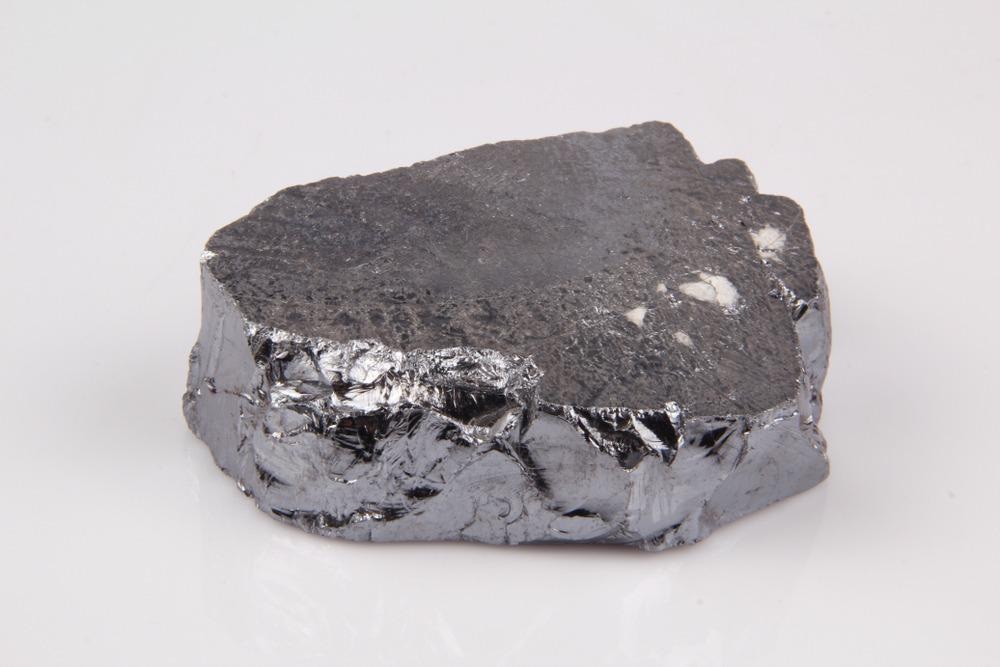The advancement of terahertz (THz) imaging technology has attracted much interest in past years as a novel far-infrared inspection method. THz radiation has powerful application potential in so many fundamental research and industrial fields due to its unique properties, including non-ionizing photon energies and broad spectral information. THz imaging, on the other hand, has a limited resolution due to its long wavelength.

Image Credit: Yenfiz/Shutterstock.com
Although optical near-field techniques can significantly improve resolution, it is always necessary to have a THz source or detector approach the sample as close as possible.
In conventional THz near-field techniques, soft or liquid materials in biomedical sensing and chemical inspection can be easily damaged, and the THz source or detector can be contaminated. As a result, achieving THz near-field microscopy in a wider range of applications remains a challenge.
Professors Xin-ke Wang and Yan Zhang from the Beijing Key Laboratory of Metamaterials and Devices, Key Laboratory of Terahertz Optoelectronics Ministry of Education, Department of Physics, Capital Normal University, Beijing, China, and colleagues have developed a novel THz near-field microscopy to achieve THz sub-wavelength imaging without approaching the sample with any devices.
The study was published in the Light: Science & Applications journal. A cross-filament was formed by two cross air-plasmas in this THz near-field technique, which created a dynamic aperture to modulate the intensity of a THz beam on a sample surface.
THz imaging with a resolution of tens of microns was possible once the cross-filament was close enough to the sample surface. Using this technique, the sample choice limitation in conventional THz near-field imaging was largely removed, and sample damage from the cross-filament was minimized.

Schematic of THz near-field microscopy based on an air-plasma dynamic aperture. Two femtosecond laser pulses were focused in mutually perpendicular directions to generate two air-plasmas (Plasma1 and Plasma2) close to the sample surface. The incident THz beam was modulated by the cross-filament created by the air-plasmas and the reflected THz near-field signal was measured. The inset shows the relationships between the two air-plasmas, the THz beam, and the sample. Image Credit: Xin-ke Wang, Jia-sheng Ye, Wen-feng Sun, Peng Han, Lei Hou, and Yan Zhang.
Four different types of materials, including a metallic resolution test chart, a plastic pattern, and a semiconductor chip were measured and their THz sub-wavelength images were successfully obtained to check the technique’s performance.
Furthermore, the technique is also suitable in principle for an encapsulated sample, in case the sample’s packaging is transparent to visible light and THz. As a result, the reported method is expected to significantly broaden the applications of THz near-field microscopy, such as in biomedical sensing and chemical inspection.
Journal Reference:
Wang, Xk., et al. (2022) Terahertz near-field microscopy based on an air-plasma dynamic aperture. Light: Science & Applications. doi.org/10.1038/s41377-022-00822-8.